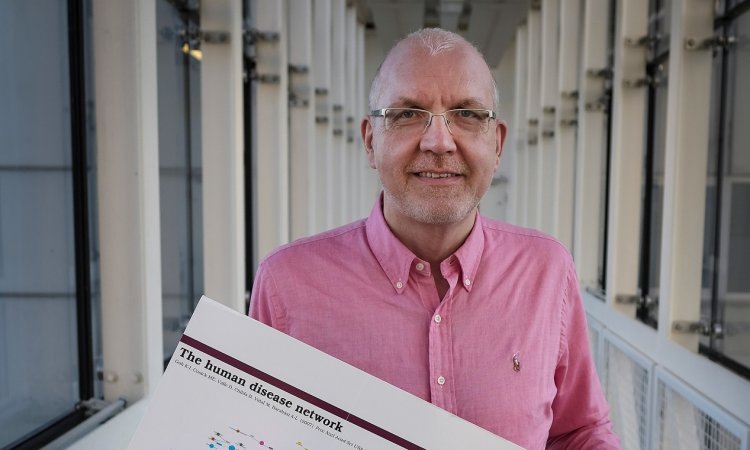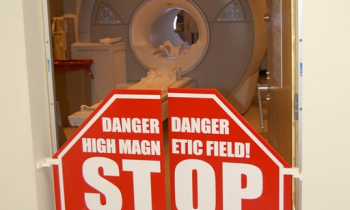The sense of health statistics
Presidential candidates use them to persuade voters, drug companies use them to sell their products, and the media spin them in all kinds of ways, but nobody - candidates, reporters, let alone health consumers - understands them.

Health statistics fill today's information environment, but even most doctors, who must make daily decisions and recommendations based on numerical data - for instance, to calculate the risks of a certain drug or surgical intervention, or to inform a patient of the possible benefits versus harms of cancer screening - lack the basic statistical literacy they require to make such decisions effectively.
A major new report, "Helping Doctors and Patients Make Sense of Health Statistics," in Psychological Science in the Public Interest, a journal of the Association for Psychological Science, shows that statistical illiteracy is a significant problem having widespread negative impact on healthcare and society. The authors of the report are an international and interdisciplinary team of psychologists - Gerd Gigerenzer and his colleagues Wolfgang Gaissmaier and Elke Kurz-Milcke at the Max Planck Institute for Human Development and Harding Center for Risk Literacy, Berlin, Germany - and physicians - Lisa M. Schwartz and Steven Woloshin at Dartmouth Medical School.
The problem of statistical illiteracy in health has two sides to it, according to Gigerenzer and his team. It is a combined problem caused by the misleading or confusing ways statistics are ordinarily presented in health communication, coupled with a lack of statistical thinking skills among consumers of health information.
The combination can be explosive. A mid-1990s report in Britain showed that new oral contraceptive pills posed a twofold (or 100%) increased risk of blood clots led to a mass panic among women, who opted to stop using this form of birth control as a result. There were an estimated 13,000 more abortions in England and Wales in the year following the report, due to the pill scare. Had the public been informed that the absolute risk with the new pills only increased from 1 in 7,000 women having a blood clot to 2 in 7,000, this panic would not have occurred, and the UK National Health Service would have been saved an estimated $70 million.
It is all too common for health statistics to be presented in terms of relative risks, which are generally large numbers and thus are easily used to capture people's attention. Relative risks ("a 100% increase") are very misleading, however, when important facts like base rates are left out. Absolute risk information (like "1 in 7,000") is much more understandable, and less easy to sensationalize or spin in misleading ways, yet is too often absent from health coverage in the media, pharmaceutical advertising, and even medical journals.
Physicans are not immune. The authors of the report cite several startling studies showing the inability of doctors to accurately interpret data from cancer screenings or other test results, when the data were presented in the typical form of conditional probabilities. For example, when presented with conditional probabilities, a group of experienced physicians was unable to accurately estimate the chances a patient with a positive test result actually had colorectal cancer, given the known sensitivity and false-positive rate of the test used (estimates they gave ranged from a 1% to a 99% chance of having cancer, with most guessing around 50%). Most physicians gave the right answer (a less than 10% chance) when the data were presented in the more transparent form of natural frequencies.
Both an analysis of the problem and a guide for the perplexed, "Helping Doctors and Patients Make Sense of Health Statistics" is an invaluable - and easy-to-understand - guide for correctly making sense of the often wildly misleading statistical data we see every day in the media, on the Internet, and in doctors' offices.
Source: Catherine West
Association for Psychological Science
28.10.2008









